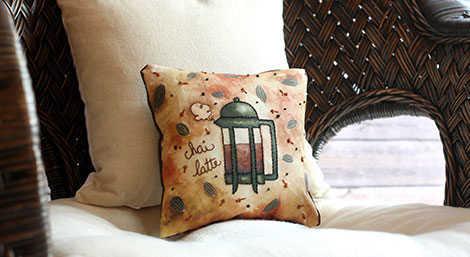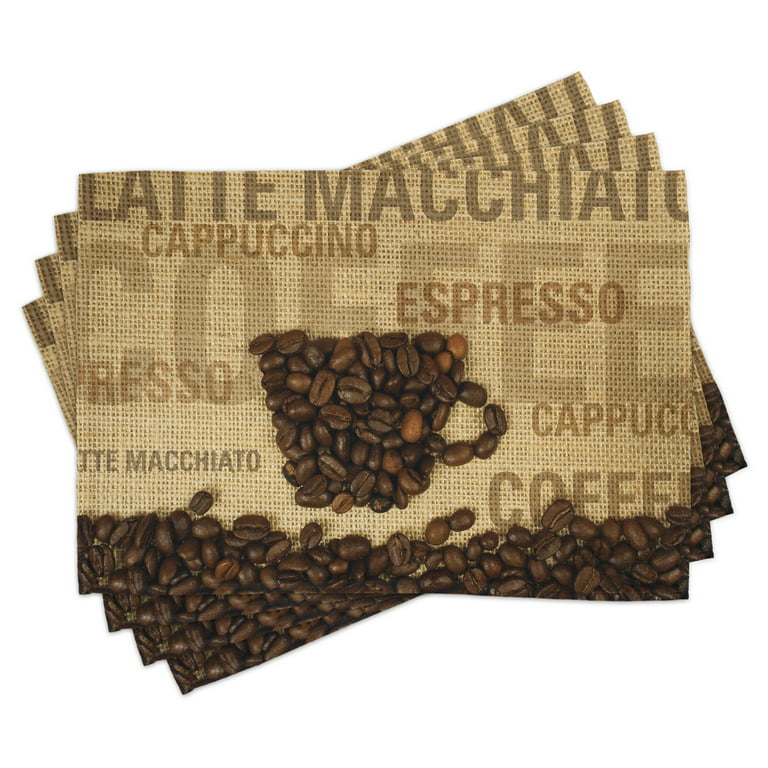About Top News Sites
About Top News Sites
Blog Article
Some Ideas on Unique Art You Should Know
Table of ContentsThe smart Trick of Unique Art That Nobody is Talking AboutUnique Art Fundamentals ExplainedExamine This Report on Unique Art3 Simple Techniques For Unique Art
While one could discuss which art type holds priority, the truth remains that each of these 7 forms gives an one-of-a-kind window right into human history, society, and evolution. They are the tapestries that chronicle our trip, reminding us of our past while inspiring visions for the future.Terrific art work narrates, makes people look twice, and creates a distinct experience that can't be matched. Art and pictures connect all of that via color, shape and various other layout elements. Discover how to make your special artwork stand out from the group.
3 Emil DervishIn this entryway by Emil Dervish that lovely cobalt blue door swipes the show. To bring much more dramatization, he expanded the paint. to the doorframe and the wall up, finishing in an arched shape. The contours, along with a spherical sconce, soften the sides - Unique Art. Frameworks vintage posters and maps of beloved locations established the scene.
8 TRIA GIOVANEqual parts grand and laidback, this foyer made by Anthony Baratta is the ideal plan to comply with if you're decorating a formal entryway that still really feels unfussy and comfy. Patterned fabrics take spotlight (see the rugs and the sofa), but they likewise aid bring the high ceilings to a human range when hung over wallpaper.
An Unbiased View of Unique Art
18 Heidi Caillier DesignA gallery wall surface does not need to use up the entire area. In truth, in some cases a small one can make a larger design statement. In this living-room, Hiedi Caillier chose micro-mini frames and an arbitrary structure. Advertisement - Continue Analysis Below19 Stephen Kent JohnsonDesigner Juan Carretero decided for a deep eco-friendly paint shade to contrast with the light timber surfaces.
The components of this languageits shapes, lines, colours, tones, and texturesare utilized in different means to generate feelings of quantity, room, motion, and light on a level surface area. These elements are combined right into meaningful patterns in order to represent real or superordinary sensations, to analyze a narrative motif, or to develop completely abstract visual relationships.
Later on the idea of the "great musician" created in Asia and Renaissance Europe. Popular painters were paid for the social condition of scholars and courtiers; they signed their job, chose its style and frequently its subject and imagery, and established a much more personalif not constantly amicablerelationship with their customers. index Throughout the 19th century painters in Western societies began to lose their social setting and protected patronage.
Getting My Unique Art To Work
Others gained an earnings via visiting exhibitions of their work. The need to appeal to a marketplace had replaced the similar (if less impersonal) needs of patronage, and its result on the art itself was probably similar as well. Unique Art. Typically, artists in the 20th century could get to an audience just with commercial galleries and public galleries, although their job may have been occasionally duplicated in art periodicals
, also when a paint's narrative importance is obscure.
Don't copy the design of other artists if you're searching for your design. Copying other individuals's artwork can be great in instructional functions but it will not make you closer to locating your very own one-of-a-kind design. Your artistic design has to be, what you like and what influences you.

4 Simple Techniques For Unique Art
You need to attempt great deals of different alternatives and explore every little thing prior to you can concentrate on one specific style or you'll be bored, or worse, you'll hate your very own design. I suggest you click to read to try every solitary subject that you're interested in, discover as much as you can. Attempt various tools that thrill you and new methods you have actually never attempted prior to.
With time you'll be able to arrange all of them right into your favored and the very least favorite groups. Attempt to concentrate your interest on the subjects and mediums that you like and prior to you see it see this coming you'll have your own personal and one-of-a-kind design, like no person else have! In the end you'll have a few favored topics to paint and maybe a couple of favorite mediums.

Report this page